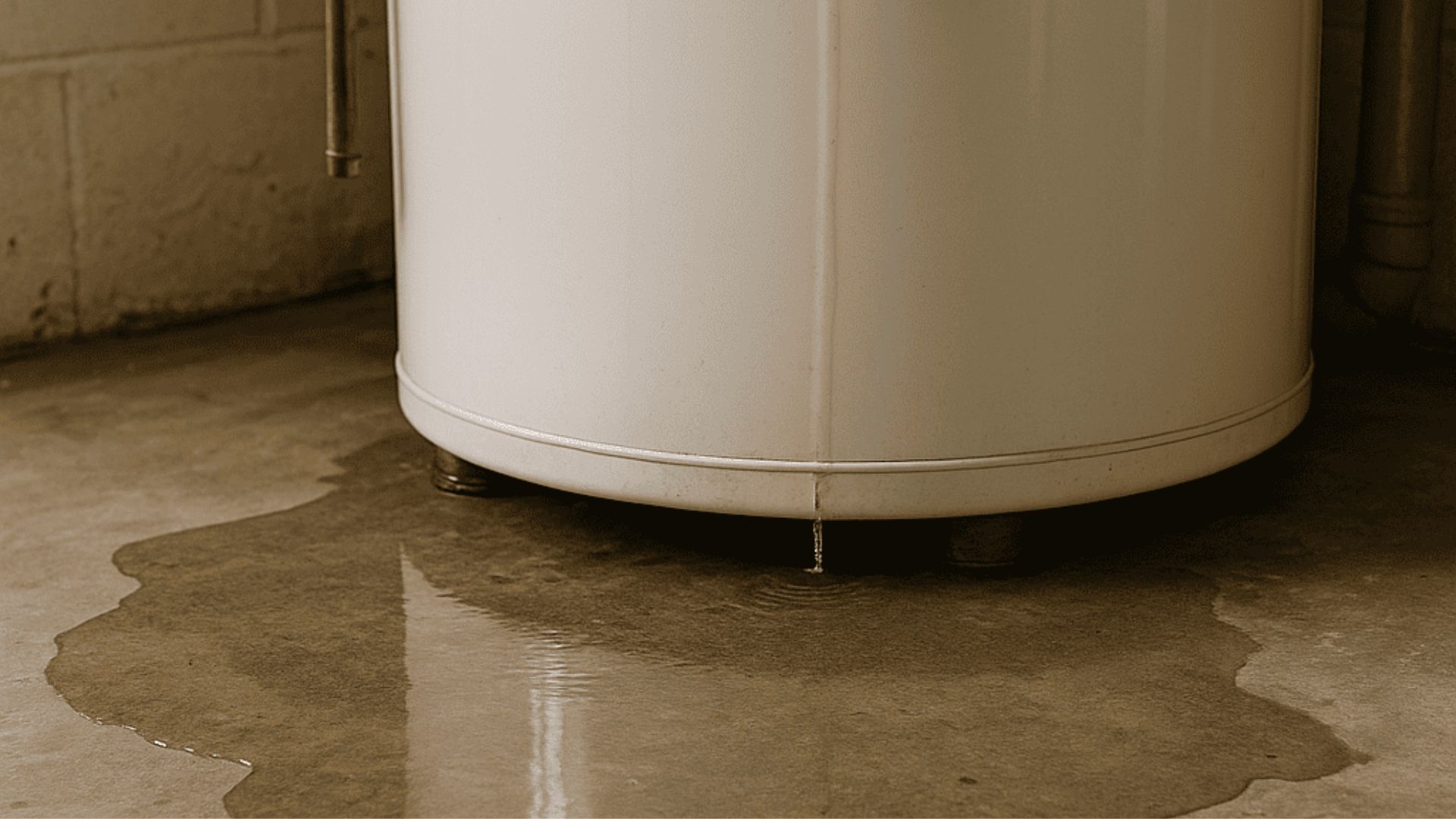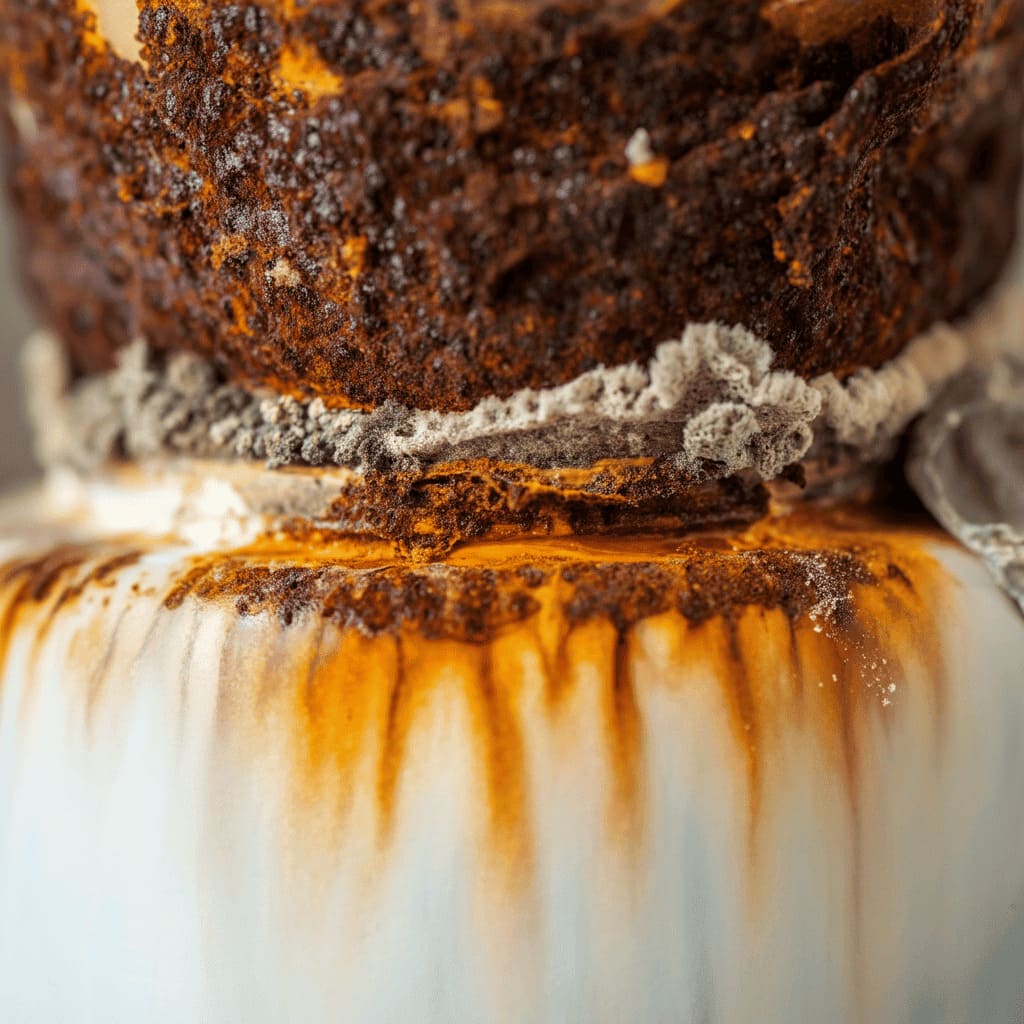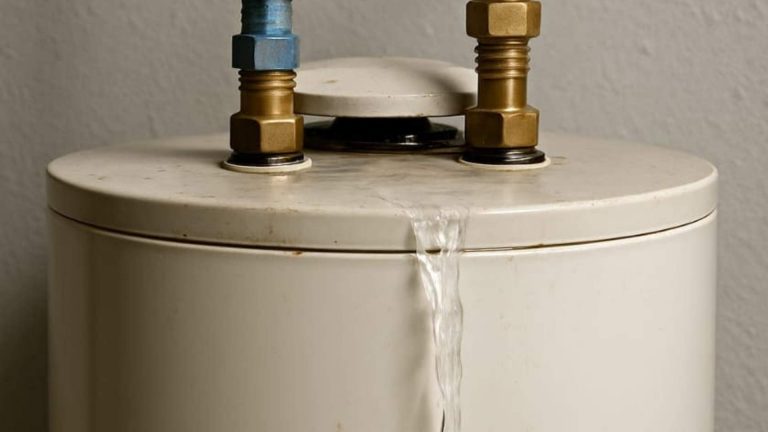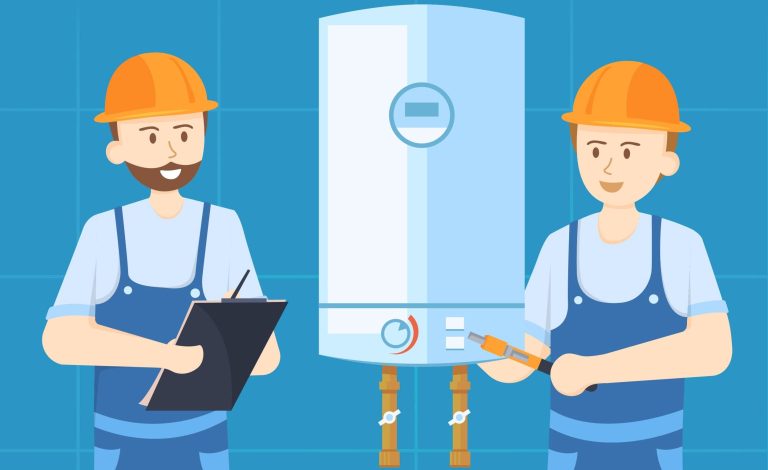Water Heater Leaking from Bottom: Top 5 Causes and Solutions
A water heater that leaking from its bottom could interrupt your routine and could cause major damage to your home due to water leaks. These leaks can not only result in water damage but could also lead to increased utility bills or dangers to your health, like the growth of mold. This complete guide explains the reasons why your water heater may be leaking from its bottom, how to fix the issue, and ways to prevent further issues.
No matter if you’re dealing with gas or electrical water heaters, knowing the issues can help you deal with the issue effectively and make better decisions regarding the repairs and replacements.

Causes of Water Heater Leaking From Bottom?
There are a variety of factors that could be contributing to the water leak from the water heater’s foundation. In this article, we’ll examine the most frequently cited causes for leaks from appliances, as well as appliance-specific issues and external influences.
1. Corrosion Inside the Tank
In time, the mineral content within the water (especially when you reside in a hard water region) can cause corrosion of the hot water heater. Within most water heaters is an anode rod that has been sacrificed and is designed to shield the tank. But, as the rod wears down, it loses its effectiveness, which can cause the tank to corrode and potentially lead to a hot water heater leaking.

The corrosion can weaken the structure and construction of the heater, which eventually leads to a leak of water on the inside of the tank. Unfortunately, when the water heater tank is damaged, replacing your water heater is usually the only feasible alternative.
Key Signs:
The rusty-colored water is coming from your faucets, indicating that the leak is coming from the bottom of the water heater.
A visible spot of rust on the outside of the tank for hot water may be an indication of corrosion, suggesting that the tank may need to be replaced.
2. Sediment Accumulation
Sediment buildup is a typical problem with heating systems that use hot water. The formation of sediment occurs as mineral deposits (primarily magnesium and calcium) are deposited in lower levels of tanks over time, contributing to the common cause of water heater failure. The buildup can affect the efficiency of heaters, trapping heat at the bottom of the tank and could cause the tank to crack or overheat leading to leaks.
Warning Signs:
The heater emits rumbling or popping sounds. The lower effectiveness of hot water heating can result in the need for water heater repairs or even a new heater.
3. Drain Valve Issues
A drain valve situated at the bottom of the tank is used to clean the heater and get rid of the sediment. If this valve is damaged, broken, loose, or shut improperly, it could cause water to flow out or leak from it.
Although a leaky drain valve is generally simple to fix, neglecting the issue can lead to an enormous loss of water over time, especially if the water heater is leaking.
Common Causes:
Valves that are not sealed properly or loosely.
The valve may crack due to tear and wear.
The buildup of sediment can impede the proper sealing.
4. High Water Pressure or Overheating
The hot water heater functions within a safe pressure. If the water pressure in the plumbing system of your home exceeds this level, it could cause excessive strain on tanks and their parts, leading to the need to replace your water heater. Temperatures that are too high (due to a malfunctioning thermostat) could cause this issue to get worse and force water out through leak points inside the hot water heater that are leaking.
Related Problems:
The valve is frequently triggered by the pressure and temperature relief (T& P) valve.
Water flow is increased when taps are open, but if you notice a drop in pressure, it may indicate that the water heater needs to be replaced.
5. Internal Tank Failure
An old unit could have internal tank issues because of years of wear and exposure to harmful elements like sediment or hard water. If the water heater tank itself fails, leaks appearing at the bottom usually indicate that the heater is at the end of its lifespan.
Conclusion:
Suppose you see water accumulating beneath the tank but you are unable to identify the problem in external components. In that case, the tank’s internal structure may be weakened, leading to water leaking from the bottom.
6. Loose Plumbing Connections
The water supply lines that connect to the unit may become loose over time due to the vibrations generated by normal use. If the connections become loose or exhibit evidence of corrosion may let water escape, eventually leading to leaks.
How to Fix a Water Leaking Heater From Bottom
Before deciding on how to address the water heater issue, it’s crucial to identify the source of the leak that caused the problem. Here’s a step-by-step guide to assist you in fixing tank leaks efficiently, especially if you suspect a leaky water heater.
Step 1. Turn Off Power and Water
- Always put safety first and turn off the power prior to attempting any repair to your water heater.
- Switch off the circuit breaker that runs the heater.
- Turn the gas valve to the “pilot” setting or turn it off completely.
- Then, close the cold valve for the water supply to prevent further water from getting into the tank.
Step 2. Drain the Tank
Utilizing a garden hose connect it with the drain valve located at the bottom of the tank. Connect the opposite part of the pipe towards an appropriate drainage area for cold water, ensuring that any leaky water heater issues are addressed. Release the valve to empty the hot water tank. This allows pressure to be released and reduces the possibility of water accumulating while you work.
Step 3. Inspect the Leak Source
- After the tank has been completely empty, be sure to inspect the T&P valve:
- Check for cracked or excessive mineral deposits or an ineffective seal. An easy tightening valve for pressure relief may suffice, however replacement might be required when the problem continues to persist.
- Examine for evidence of dripping from the water heater tank. Excessive heat or pressure buildup can cause leaks.
- The base of the unit: Make sure the base for your water heater is secured to avoid any water
- If water continues to accumulate beneath it, then the unit could be damaged, indicating a source of the leak.
Step 4. Replace Faulty Components
- Suppose the issue is with particular components, such as connections or valves. In that case, it is possible to solve the problem by replacing the parts:
- If you notice your drain valve not working, it could be necessary to upgrade your water heater to repair or replace the faulty components.
- Drain the tank completely, then remove the damaged temperature and pressure relief valve and replace it with a new valve.
Step 5. (T&P) Valve replacement:
Make sure the tank is pressure-free and turn off the water supply prior to disassembling the drain valve and replacing it with a new one. This will help ensure that there are no problems in the repair of your water heater.
Call in a Professional if Needed
Failures caused by tanks or persistent leaks that are not traceable often require the assistance of an authorized plumber. Experts can assess the condition of your gas water heater and suggest replacement or repairs.
When to Replace the Water Heater
When your heater’s 10-12 years old, and it’s leaking at the base, then it could be time to consider a replacement. Older hot water heaters aren’t as efficient and have the same technology as the latest models; therefore, purchasing a newer model can help save expenses and also prevent the occurrence of problems related to leaky units of heaters.
Also, the ideal option for homeowners seeking to make the switch to a more energy-efficient and compact model?
5 Tips to Prevent Water Heater Leaks
Routine maintenance is crucial to prolonging the life of the hot water heater and keeping your water heater in good condition to avoid expensive leaks. Here are some steps you can take to safeguard your electric water heater.
1. Flush Your Water Heater Annually
Sediment buildup is among the most common reasons for leaks in water heaters. Cleaning the tank once every year can help remove the sediment particles, enhancing efficiency and reducing the likelihood of cracks, which can cause a water heater to leak.
2. Perform Regular Inspections
Check the base of your heater, its connections and valves every few months. Finding small issues earlier, such as leaky fittings or tiny drips, will prevent the problem from getting worse.
3. Test the (T&P) Valve
Lever the (T&P) valve several times a year to make sure that it’s working properly. If the water isn’t flowing out and continues to dribble even after testing, you may need to replace the valve.
Suppose your home is characterized by hard water. In that case, the installation of water softeners can drastically minimize the accumulation of minerals in your heater, which is a common cause of water heater issues. This can help prevent the accumulation of sediment and extend the life of the electric water heater.
4. Use a Water Softener
Suppose your home is characterized by hard water. In that case, the installation of water softeners can drastically minimize the accumulation of minerals in your heater. This can help prevent the accumulation of sediment and extend the life of the tank.
5. Monitor Water Pressure Levels
A high-pressure water supply can cause strain on your plumbing and electric water heater system. A pressure regulator that helps maintain levels within the safe limit (typically between 50 and 60 psi) can reduce strain on the water heater tank.
Final Thoughts
A water heater that leaks from its bottom may seem like a huge problem however, many of these problems can be prevented by taking the proper maintenance and treatment. By checking the components regularly as well as flushing out the sediment and being proactive in repairing it is possible to prolong the lifespan that your heater will last and lower the chance of unexpected problems with the hot water heater.
But, if the tank is beginning to wear out or if the leak is due to internal corrosion, replacing the tank could be the most economical and long-term solution. Speak with a plumber to figure out the most effective option to take for the new water heater you live in.
Suppose you act quickly and maintain an efficient gas-powered water heater. In that case, you’ll be able to ensure it continues to function efficiently, saving money and also preventing water damage over the long term.


